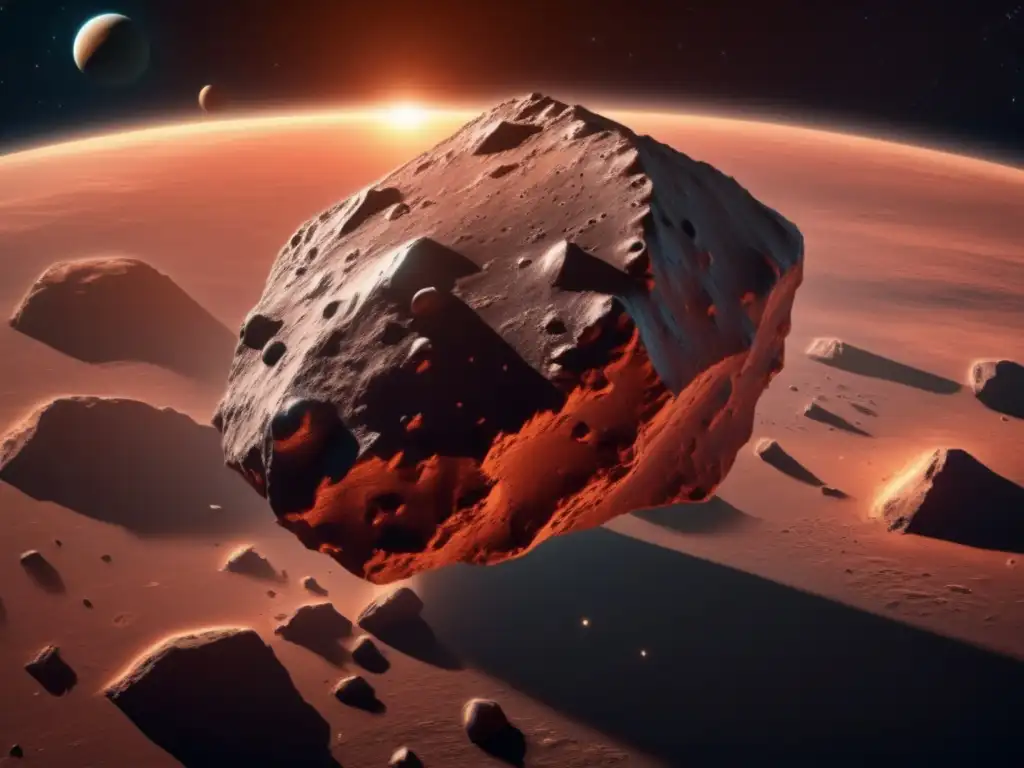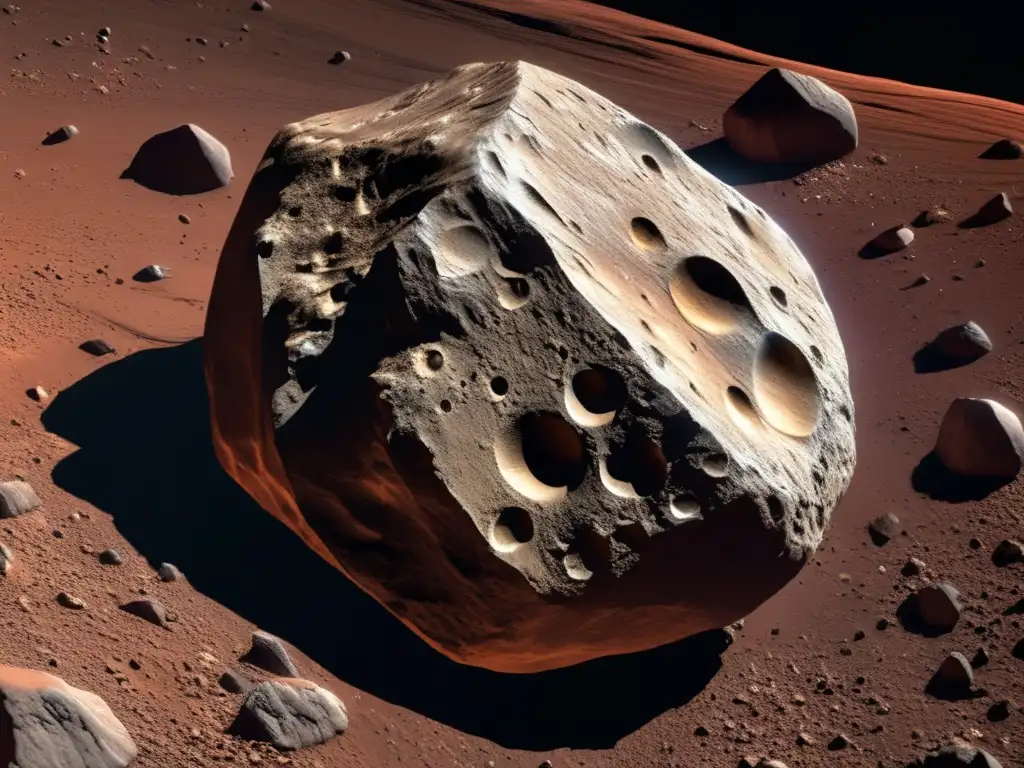Lutetia: A Remnant From The Birth Of Earth

Introduction
Asteroids are fascinating celestial objects that provide insights into the history and formation of our solar system. One such asteroid is Lutetia, which holds valuable information about the birth of Earth and the processes that shaped our planet. In this article, we will explore the profile of Lutetia, its composition, and its significance in understanding the early stages of Earth's formation.
Discovery and Classification

Discovery
Lutetia was discovered on November 15, 1852 by the French astronomer Hermann Goldschmidt. The name "Lutetia" derives from the Latin name for Paris, the city where Goldschmidt made his discovery.
Classification
Lutetia belongs to the asteroid family known as the Main Belt Asteroids, which are located between the orbits of Mars and Jupiter. It has been classified as a M-type asteroid, indicating its metallic composition.
Physical Characteristics

Size and Shape
Lutetia has an irregular shape with dimensions measuring approximately 132 kilometers (82 miles) in length and 101 kilometers (63 miles) in width. Its surface shows a combination of craters, valleys, and ridges, indicating a complex geological history.
Composition
Lutetia's composition consists primarily of metal-rich materials, such as iron and nickel. This composition suggests that Lutetia may be a remnant from the early stages of the formation of rocky planets like Earth.
Surface Features
The surface of Lutetia displays a variety of features, including impact craters of different sizes and depths. These craters offer valuable information about the history of asteroid impacts in our solar system.
Scientific Significance

Understanding Earth's Formation
Lutetia's metal-rich composition makes it a valuable object for studying the formation of terrestrial planets like Earth. By analyzing Lutetia's surface features and composition, scientists can gain insights into the processes that occurred during the early stages of Earth's birth.
Sources of Water and Organic Materials
Asteroids like Lutetia are believed to have played a crucial role in delivering water and organic materials to Earth. By studying Lutetia's composition, scientists can better understand the origins of these essential building blocks of life.
Impacts and Planetary Evolution
Studying Lutetia's craters and impact features allows scientists to investigate the history of asteroid impacts and their effects on planetary evolution. These studies help us understand the dynamics of our solar system and the potential threats posed by asteroids.
Frequently Asked Questions

-
What is Lutetia's classification?
Lutetia is classified as an M-type asteroid, indicating its metallic composition.
-
How was Lutetia discovered?
Lutetia was discovered by the French astronomer Hermann Goldschmidt on November 15, 1852.
-
What is the significance of Lutetia in understanding Earth's formation?
Lutetia's metal-rich composition provides insights into the early stages of Earth's formation and the processes that shaped our planet.
-
What can we learn from Lutetia's surface features?
Lutetia's surface features, such as craters, offer valuable information about the history of asteroid impacts in our solar system.
-
How do asteroids like Lutetia contribute to the origins of life on Earth?
Asteroids like Lutetia may have delivered water and organic materials to Earth, playing a crucial role in the origins of life.
Conclusion
Lutetia, with its metallic composition and diverse surface features, provides valuable insights into the birth of Earth and the processes that shaped our planet. By studying Lutetia, scientists can better understand the formation of terrestrial planets, the origins of water and organic materials, and the impact dynamics of asteroids. The exploration of Lutetia contributes to our knowledge of the early stages of planetary evolution and the potential threats posed by asteroids. Share your thoughts and join the discussion on www.asteroidrealm.com, where you can find more articles like this. Thank you for exploring the fascinating world of asteroids with us.
Additional Resources

For further information about asteroids, their discovery, and their significance, explore the following resources:
 A Detailed Look At Interstellar Visitor 'Oumuamua
A Detailed Look At Interstellar Visitor 'Oumuamua Borisov: Our Second Known Interstellar Visitor
Borisov: Our Second Known Interstellar Visitor The Role Of 3200 Phaethon In The Geminids Meteor Shower
The Role Of 3200 Phaethon In The Geminids Meteor ShowerIf you want to discover more articles similar to Lutetia: A Remnant From The Birth Of Earth, you can visit the Asteroid Profiles category.
Leave a Reply

Articulos relacionados: